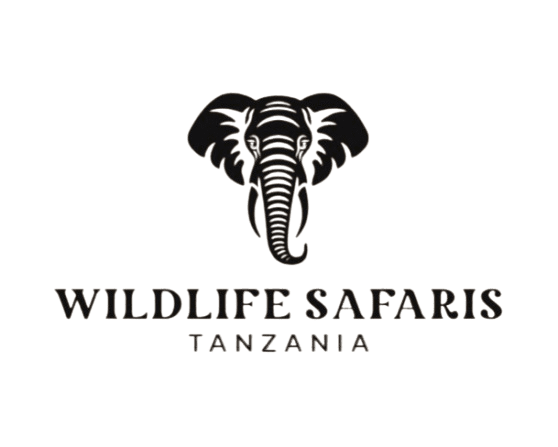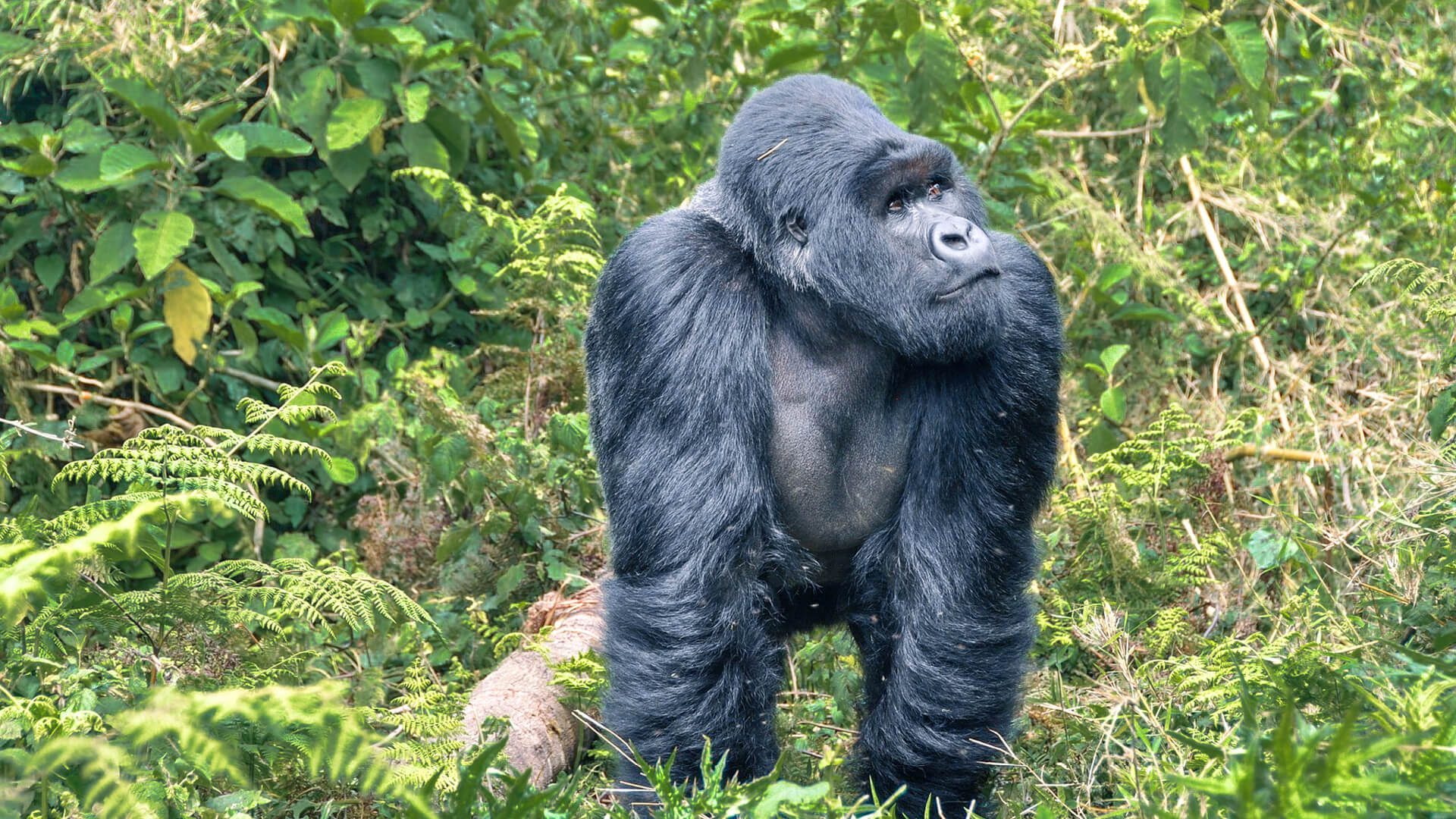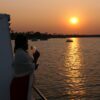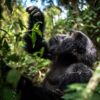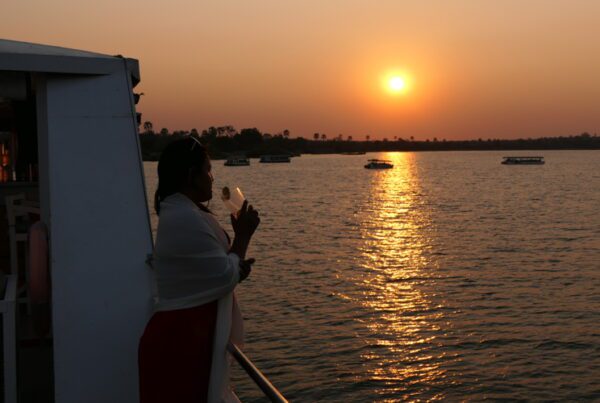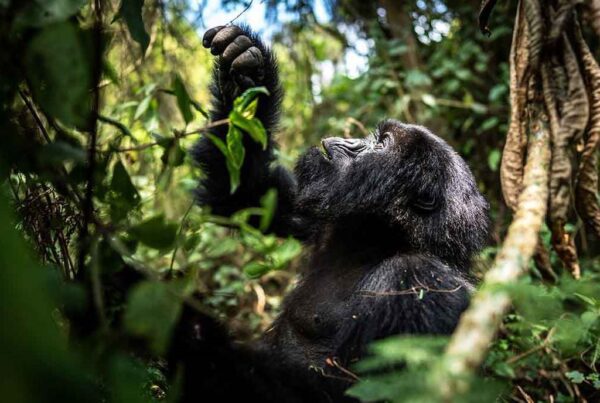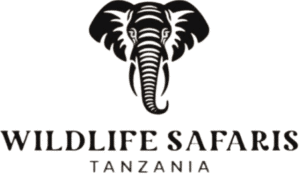Gorilla Trekking in Uganda vs Rwanda – A Comprehensive Comparative Guide
Gorilla trekking in East Africa is among the world’s most sought-after wildlife experiences. Mountain gorillas are critically endangered, and visiting them in their natural habitat is not only thrilling but also supports vital conservation efforts. Uganda and Rwanda are the two leading destinations for gorilla safaris, each offering unique experiences shaped by geography, conservation policies, and tourism infrastructure.
This guide provides a detailed comparison to help travelers choose the best option—or even plan a combined safari to both countries.
-
Permit Costs and Booking
| Country | Permit Cost (Foreigners) | Notes |
| Rwanda | $1,500 USD | Price reflects exclusivity and conservation funding. Limited permits ensure small trekking groups. |
| Uganda | $800 USD | UWA manages multiple habituated gorilla families. Slightly more affordable and accessible. |
Analysis: Uganda is more budget-friendly, making it appealing for cost-conscious travelers. Rwanda’s higher fees fund conservation programs, provide a premium experience, and limit crowding around gorilla families.
Tip: Permits for both countries must be booked months in advance, especially during peak seasons (June–September and December–February).
-
Habituated Gorilla Families
| Country | Habituated Families | Trekking Experience |
| Rwanda | 12 families in Volcanoes National Park | Families are well-habituated; short treks (1–4 hours) suitable for moderate fitness levels. |
| Uganda | 10+ families in Bwindi, 1 in Mgahinga | Treks can last 2–8 hours depending on the gorilla family’s movement; terrain is more rugged. |
Analysis: Rwanda’s gorilla families are easier to access and offer a more predictable experience. Uganda provides a slightly more adventurous trek through dense rainforest, which appeals to active hikers.
Tip: Families in both countries vary in temperament and size, so your experience can differ depending on which troop is allocated.
-
Trekking Terrain and Difficulty
| Feature | Rwanda | Uganda |
| Terrain | Volcanic slopes, bamboo forests, moderate inclines | Dense rainforest, steep hills, thick vegetation, challenging paths |
| Trek Duration | 1–4 hours | 2–8 hours |
| Accessibility | 2–3 hours from Kigali International Airport | 6–8 hours from Entebbe International Airport |
Analysis: Rwanda offers easier, shorter treks that suit travelers with limited time or moderate fitness. Uganda’s treks demand stamina and provide a more immersive rainforest adventure.
-
Scenery and Wildlife
- Rwanda: Mist-covered volcanic peaks, bamboo forests, and dramatic valleys provide iconic backdrops. Visitors may also see golden monkeys and other primates.
- Uganda: Bwindi’s dense rainforest is a biodiversity hotspot with waterfalls, ferns, and rich flora. Mgahinga’s volcanic slopes add variety. Birdwatching and encounters with other wildlife species complement the gorilla trek.
Analysis: Rwanda emphasizes dramatic volcanic landscapes, while Uganda provides immersive, verdant rainforest scenery. Both destinations offer stunning photographic opportunities.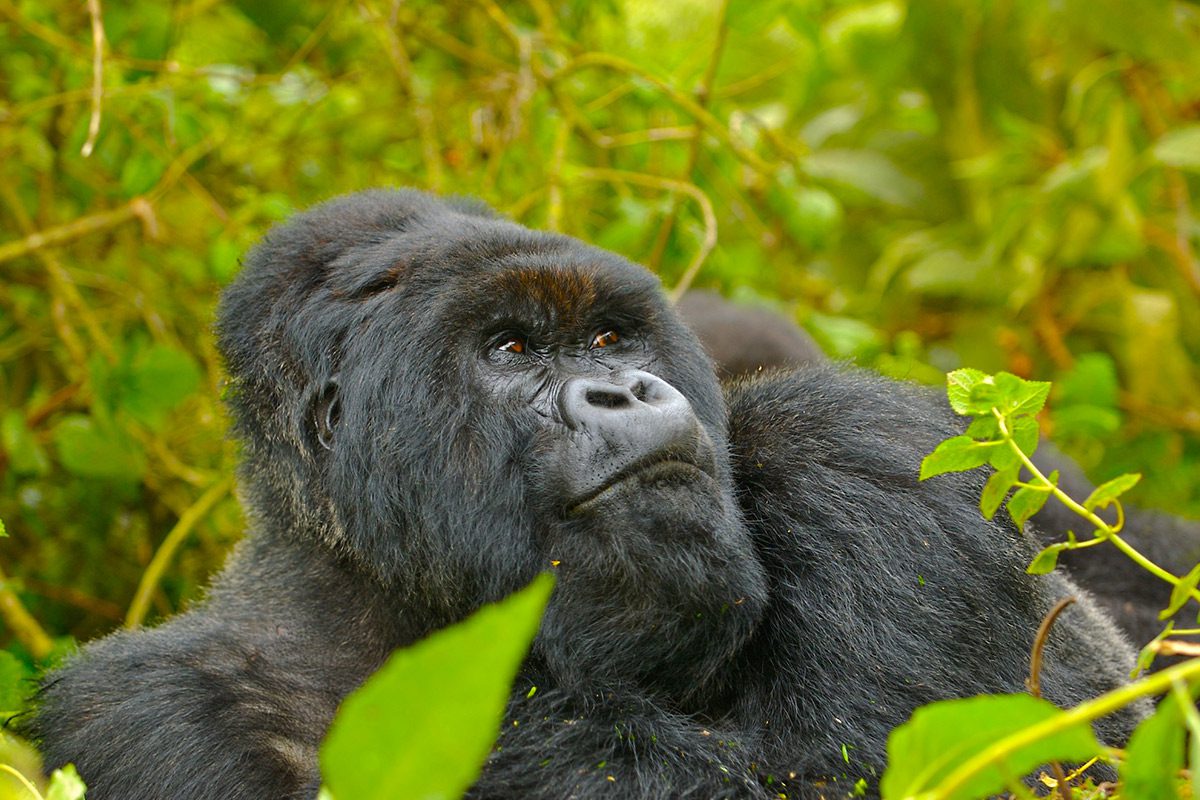
-
Tourism Management and Experience
| Feature | Rwanda | Uganda |
| Group Sizes | Small, exclusive, limited to 8 trekkers per gorilla family | Larger, slightly fewer intimate groups |
| Conservation Focus | High; tourism revenue funds ranger patrols, gorilla veterinary care, and community programs | Strong; permits support anti-poaching, community projects, and eco-tourism initiatives |
| Accommodations | Luxury lodges and eco-lodges near Volcanoes NP | Range from budget lodges to mid-range safari camps near Bwindi/Mgahinga |
Analysis: Rwanda provides a highly curated, high-end experience with exclusivity and comfort. Uganda offers a more rugged, adventurous trek with diverse lodging options.
-
Trekking Duration and Physical Requirements
| Country | Trekking Duration | Physical Difficulty |
| Rwanda | 1–4 hours | Moderate; mostly gentle slopes and forested paths |
| Uganda | 2–8 hours | Challenging; steep, uneven terrain in dense rainforest |
Tip: Fitness is more critical in Uganda. Rwanda is suitable for families or travelers who prefer a less strenuous experience.
-
Best Time to Trek
Both countries have dry seasons that offer ideal trekking conditions:
- June to September
- December to February
Wet seasons are possible (March–May, October–November), making trails slippery and more physically demanding.
-
Accessibility and Logistics
- Rwanda: Kigali International Airport is 2–3 hours from Volcanoes National Park. Roads are well-maintained, and most lodges are close to trekking start points.
- Uganda: Entebbe International Airport is 6–8 hours from Bwindi. Travel can be long, but the journey offers scenic countryside views.
Analysis: Rwanda is more convenient for short itineraries or travelers combining gorilla trekking with other activities near Kigali. Uganda offers a more remote and adventurous experience.
-
Conservation and Community Impact
Both countries use gorilla tourism to fund conservation and community projects:
- Rwanda: Revenue from permits supports ranger patrols, gorilla monitoring, and local schools/healthcare.
- Uganda: UWA invests in anti-poaching, habitat preservation, and community programs near Bwindi and Mgahinga.
Visitors in either country contribute directly to the survival of mountain gorillas and the welfare of local communities.
Conclusion – Which Should You Choose?
| Preference | Recommended Country |
| Short trek, well-habituated gorillas, volcanic scenery | Rwanda |
| Adventure, rugged rainforest, longer hikes, lower cost | Uganda |
| Luxury lodges and exclusive safari experience | Rwanda |
| Budget-friendly, immersive rainforest adventure | Uganda |
| Combined wildlife & gorilla experience | Both (Rwanda + Uganda) |
